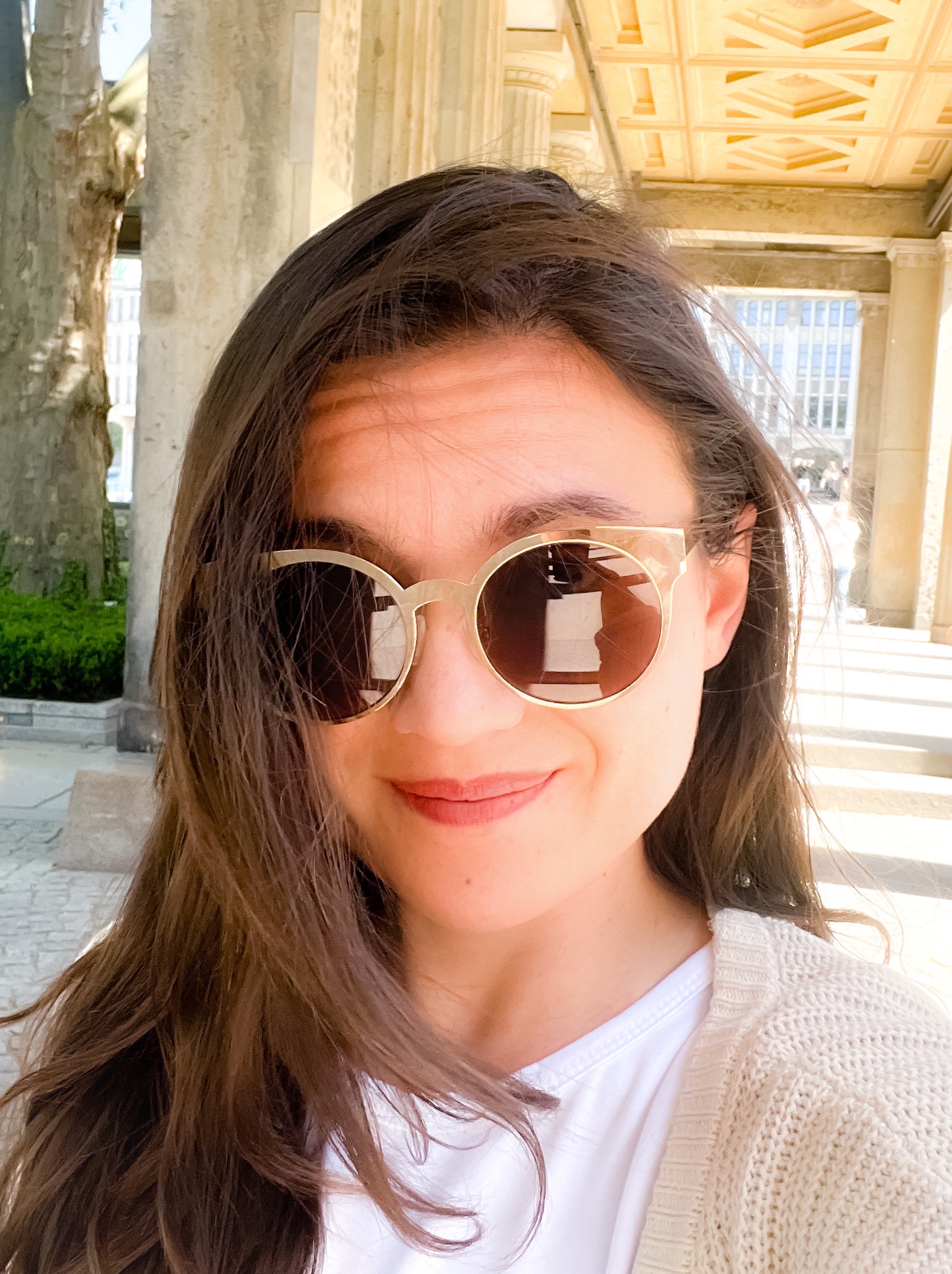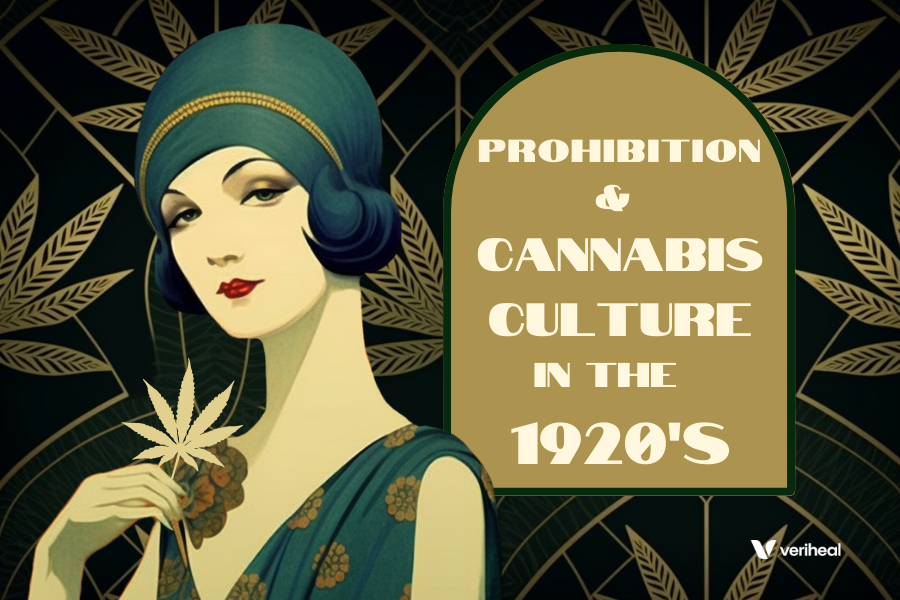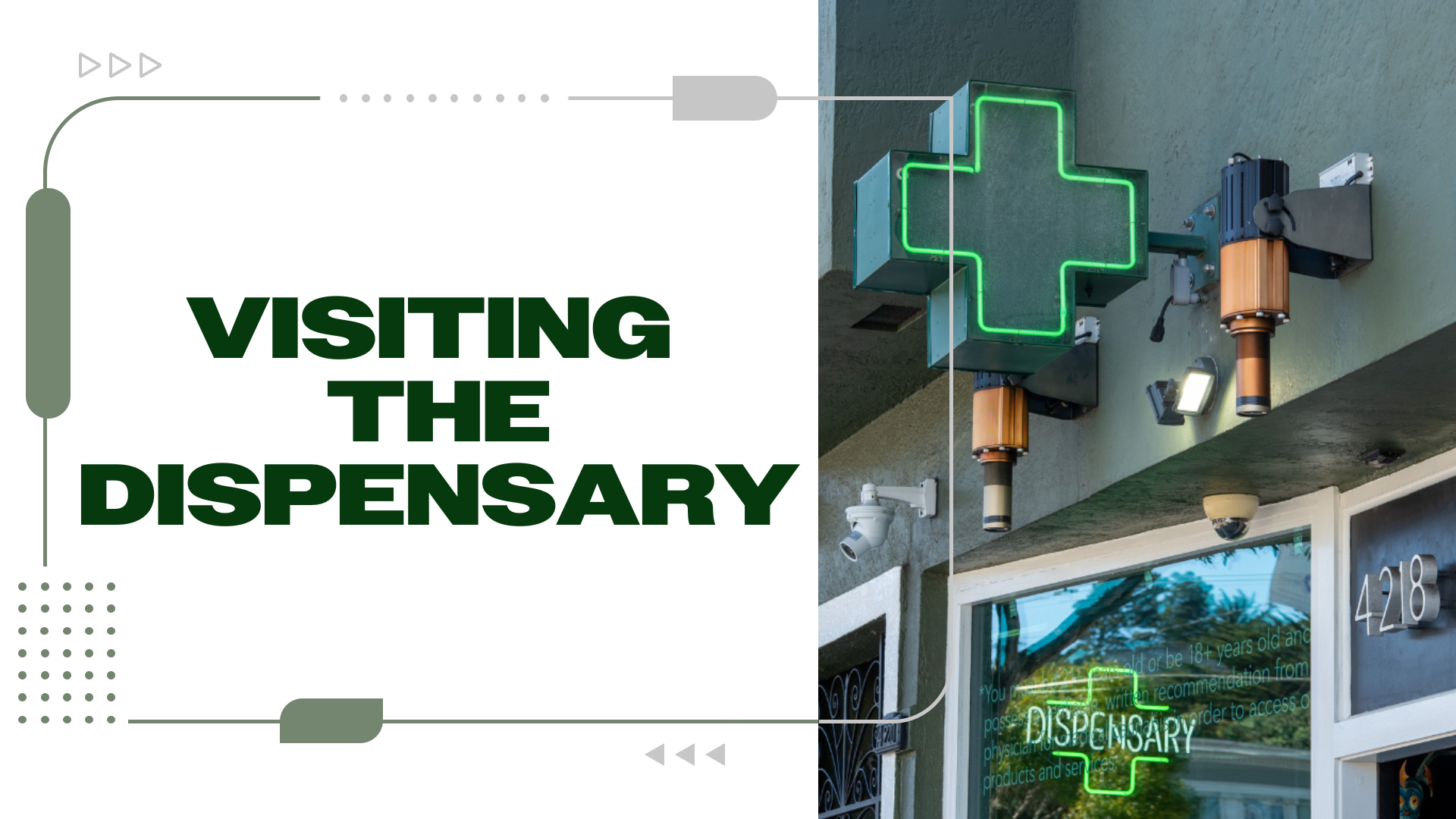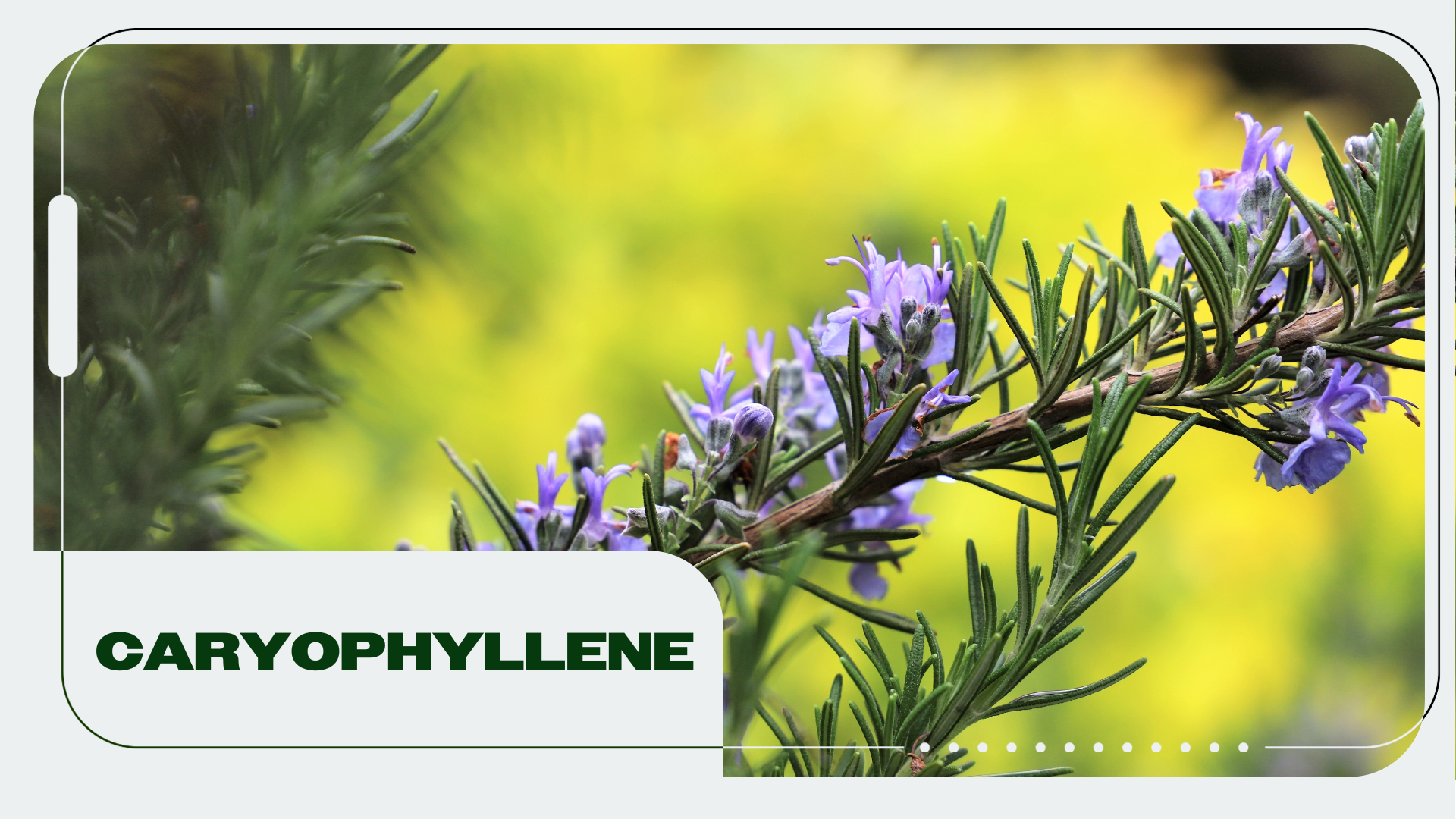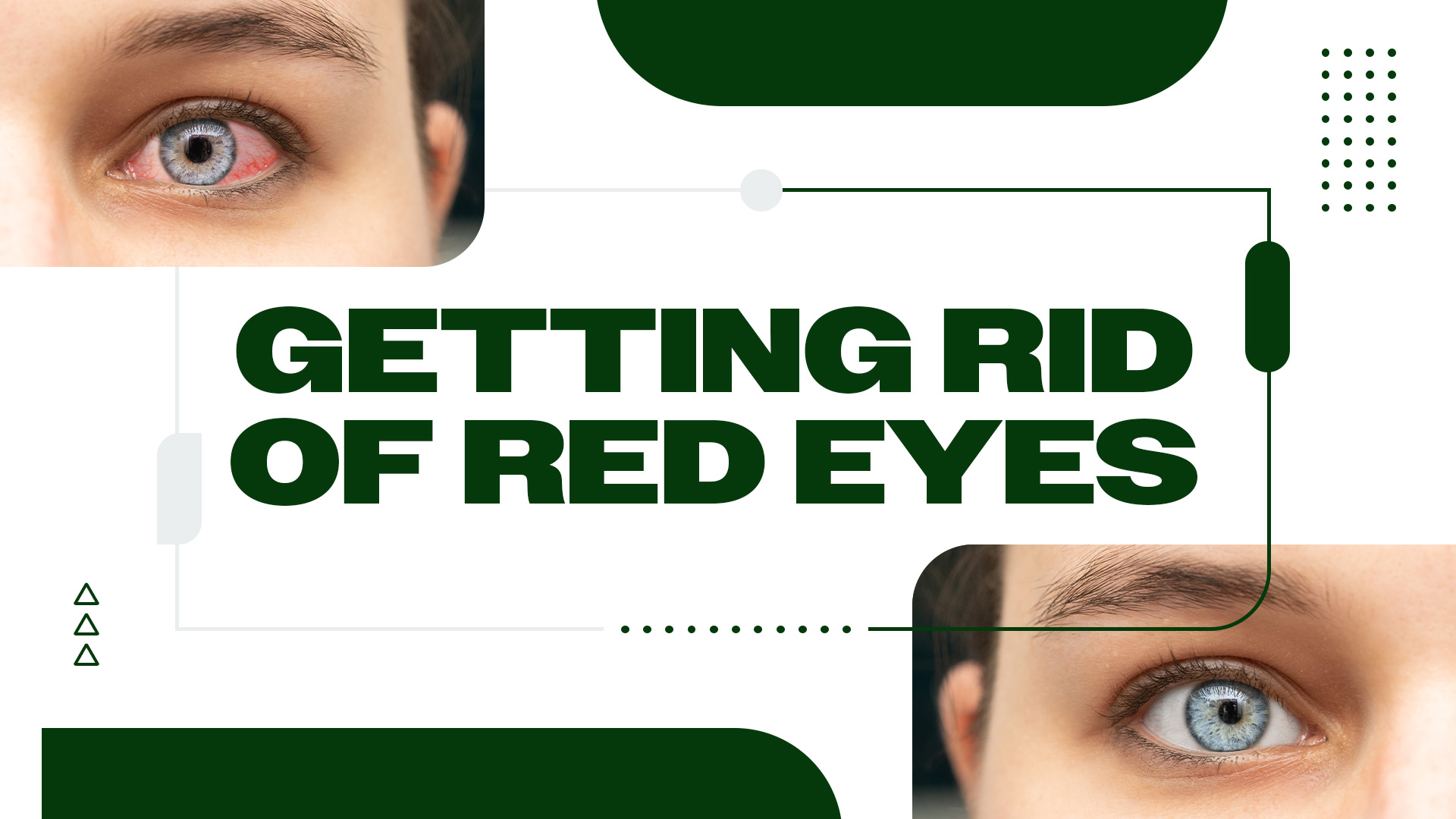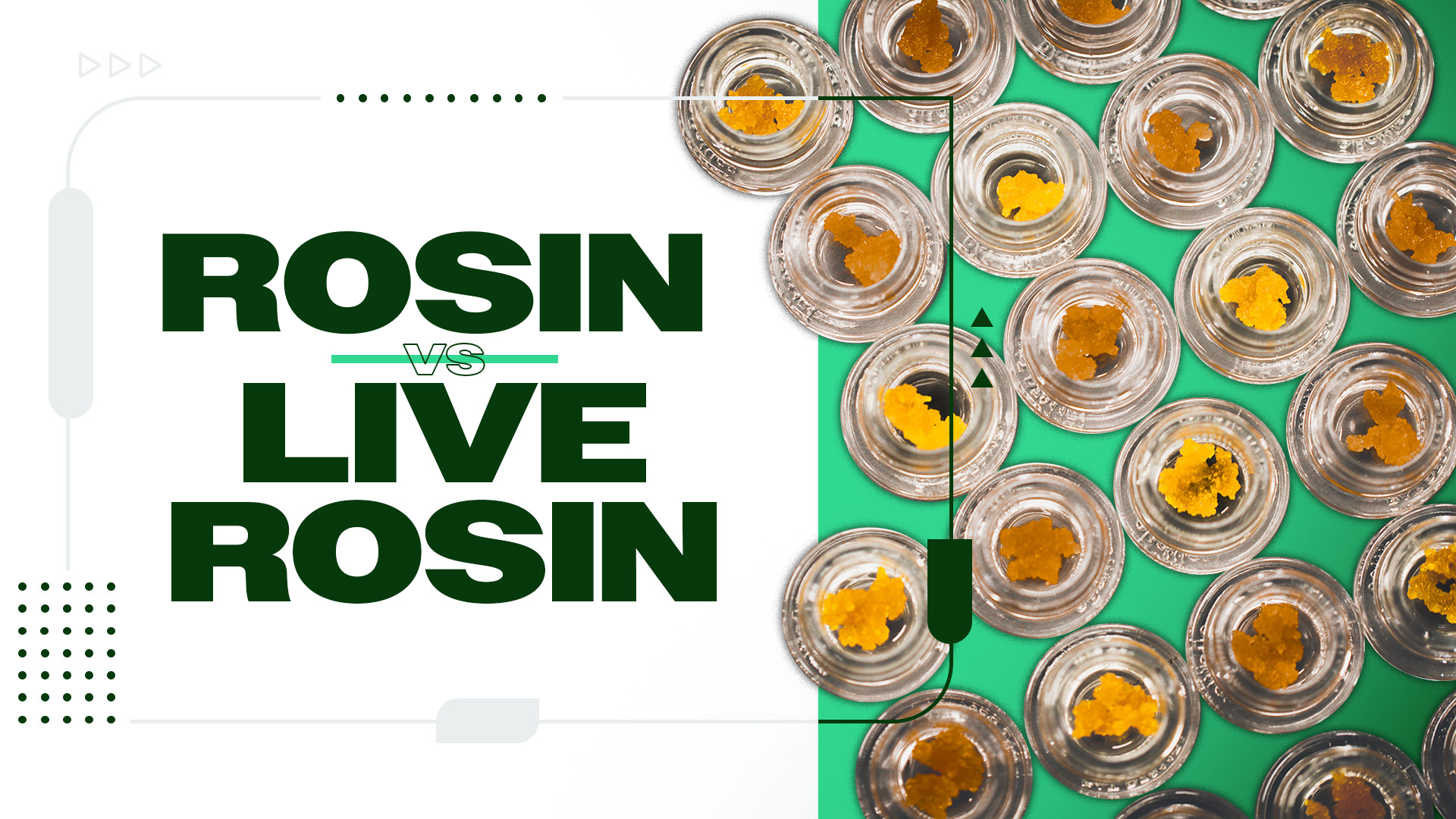From 1920 to 1933, alcohol was illegal in the United States, but cannabis wasn’t federally banned until 1937. This leads one to speculate about what went on in the years preceding cannabis prohibition. Did alcohol prohibition influence the prevalence of cannabis consumption? Were people getting stoned at speakeasies and Gatsby parties? How common or acceptable was it to smoke weed if it wasn’t illegal? Specifically: how often was cannabis used in the roaring twenties?
We will investigate these questions by exploring the history of cannabis use in the U.S. during the early 20th century. Urban legends and propaganda often obscure cannabis history, so it is important to also evaluate the stigmas driven by anti-drug campaigns that contributed to the eventual federal prohibition of our favorite plant. So, was there a cannabis culture in the jazz age? The story is more complicated than a “yes” or “no” answer.
Alcohol Prohibition and Cannabis Popularity in the Roaring Twenties
In 1919, nationwide constitutional law under the Eighteenth Amendment prohibited the production, importation, transportation, and sale of alcoholic beverages beginning in 1920. Although many Southwestern states were in the process of placing state bans on cannabis as early as 1913, much of the country did not initiate bans until over a decade later, and cannabis was not federally banned in the US until 1937. Therefore, with the authorities’ and the public’s attention largely preoccupied with containing alcohol consumption, cannabis experimentation was able to take on a new social role in states in the roaring twenties where bans on cannabis had not been enacted yet.
During the 1920s, cannabis use was not as widespread as alcohol consumption. Despite prohibition, alcohol remained the chosen recreational substance used by many Americans. Although cannabis use was not as significant as alcohol use, there is evidence suggesting that cannabis’ popularity nevertheless increased during this period. With the closure of bars and the illegal nature of alcohol, alternative substances like cannabis gained popularity, so cannabis, which was easier to produce and distribute illicitly, was adopted as an alternative to alcohol in certain milieux.
Throughout the ‘20s and ‘30s, cannabis slang and cultural development expanded prolifically as “tea,” “reefer,” “gage,” or “grass” increased in popularity among jazz musicians. In major cities like Chicago, New York, and New Orleans, cannabis was not unfamiliar in the party scene’s cabarets, dance halls, movie houses, and nightclubs. Joints were frequently sold to and smoked by “vipers” (a term for cannabis-smoking musicians referring to the hissing sound made when one smokes a joint) outside cannabis cafes, often called “tea pads.”
The “Jazz Cigarette”
One group historically associated with cannabis use in the roaring twenties is the jazz community, particularly African-American jazz musicians. The exact extent of cannabis use during this time varied regionally and across different social groups, but historians have noted that jazz musicians, who were at the forefront of cultural shifts in the 1920s, embraced cannabis as part of their creative and social scene.
Cannabis was sometimes used in jazz clubs, where the drug was taken to enhance the creative and improvisational experience. It is speculated that the time-slowing effects produced by cannabis augmented musicians’ perception of their own performances while also reducing their inhibitions, and these effects allowed them to experiment creatively with beats, sounds, and rhythms.
Why You Should Get Your Medical Marijuana Card
Veriheal has satisfied millions of patients nationwide by giving them access to these benefits
- Larger purchase limits
- Peace of mind
- Enhanced legal protection
- Access to higher potency strains
- Save up to 25% on cannabis purchases
- Skip the line at the dispensary
Daniel Levitin considers the effects of the psychoactive compound in cannabis, tetrahydrocannabinol (known as THC), on musicians in his book “The World in Six Songs.” Because THC disrupts short-term memory, musicians are more immersed in the moment, which allows them deeper connection with their music by being presently engaged with each note they play.
From Roaring Twenties Popularity to Prohibition
However, it is important to note that the association between jazz musicians and cannabis does not necessarily indicate widespread use among all jazz musicians or the entire African-American community. Moreover, using this stereotype to connect Black culture and music with cannabis use has contributed to the negative associations that contribute to the criminalization and negative perceptions of Black Americans that persist today.
Despite cannabis’ accepted historical use as medicine, the turn of the 20th century presented changing attitudes toward cannabis, which are explained by a combination of factors. There were concerns regarding the plant’s potential for abuse and addiction, and racial and cultural biases played a significant role in stigmatizing cannabis use.
In the 1930s, the Federal Bureau of Narcotics, led by Harry Anslinger, engaged in efforts to demonize and criminalize cannabis, despite its popularity in the roaring twenties. Anslinger exploited racist fears and further promoted a sensationalized narrative linking cannabis use to violence and insanity. Anslinger’s anti-drug campaign was fueled by racial biases against Black and Mexican communities, so the movement also served to further stigmatize the non-white people who were framed as users of the drug. These propaganda campaigns culminated in the passage of the Marihuana Tax Act in 1937, effectively criminalizing cannabis at the federal level.
Some Uncertainties Remain Unsolved
While cannabis use in the United States was not as pervasive as alcohol consumption during the 1920s, evidence suggests that its popularity grew during this period. However, the exact extent and prevalence of cannabis use are difficult to determine due to limited data and the illicit nature of the plant’s consumption.
Cannabis’ rise in popularity as a psychoactive compound is multifaceted and not completely attributable to alcohol prohibition alone: a combination of cultural shifts, moral panic, social dynamics, popular culture, and the influence of subcultures resulted in an environment that allowed cannabis to become more visible within a wider range of communities and cultural circles. Overall, the story is complex, and there is no straightforward answer to the question of how cannabis rose to recreational popularity.
Eras of drug acceptance and prohibition like the roaring twenties provide interesting evidence regarding the cultural movements and moral failures involved in drug policy and culture, and it is important to recognize how the laws surrounding cannabis use come from and further affect complex relationships permeating our social world more broadly.
Author, Share & Comments










